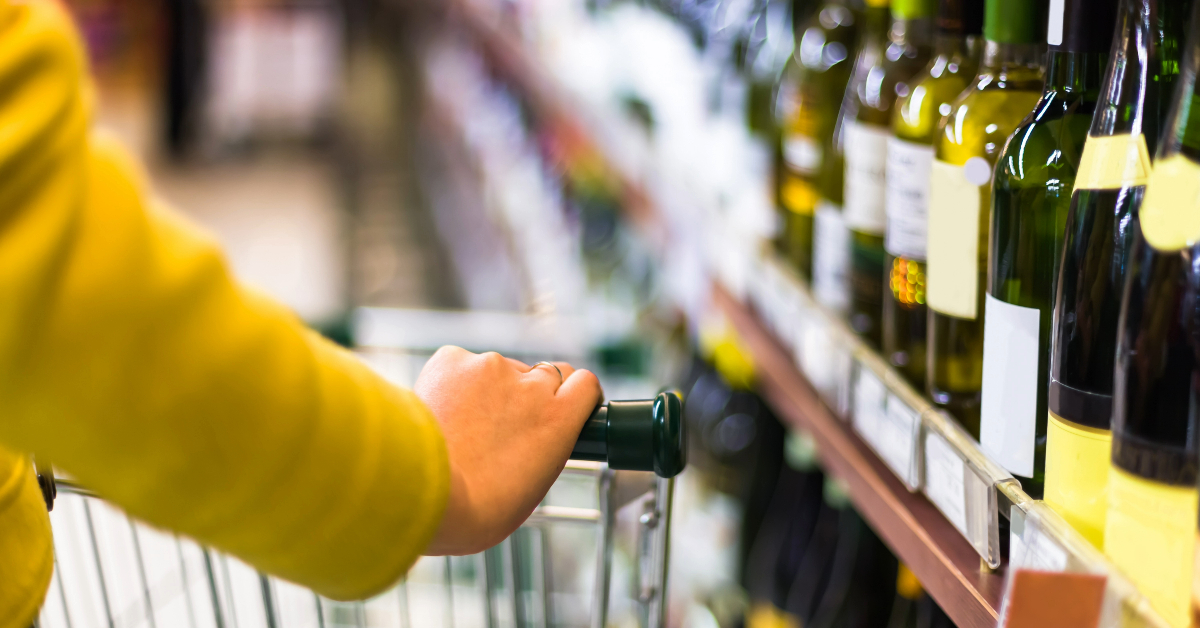
What wineries need to know about product registrations
Whether your wine label is classy or clever matters more to your buyers than it does to authorities who deem your cabernet or chardonnay fit for sale. But your wine label is more than a marketing tool. You can’t sell beverage alcohol without first obtaining all required federal and state alcohol product registrations. And to successfully register your product, your label must be approved by the appropriate federal and state authorities.
Registering your wine at the federal level
As a producer, your first order of business is to make sure your label complies with regulations set by the U.S. Department of the Treasury Alcohol and Tobacco Tax and Trade Bureau (TTB).
Assuming your wine contains more than 7% alcohol by volume (ABV), as is typically the case, you’ll need to obtain a Certificate of Label Approval (COLA) to sell it into other states. If you only intend to sell in the state where your wine is bottled or your wine has an ABV below 7%, you can apply for an exemption.
In either case, you have to make sure certain mandatory information — like the wine’s designated class description and sometimes the appellation of origin — appears on the container. Here’s a fun fact: The label that faces the consumer in a retail display doesn’t necessarily have to contain all these details; what TTB considers the brand label may actually be what buyers read when they turn your bottle around. So as a producer, you need to know what information can go where.
In some cases, TTB must approve your wine’s formula (your special recipe) before you can apply for a COLA. This is often the case if flavors or colors are added. Let’s say you make a blended fruit wine from raspberries and cherries. Depending on whether you ferment the juices at the same time, add juice as a flavor after fermentation, or mix two finished wines, you may or may not require formula approval. If required, you’ll need to provide a complete list of ingredients, a step-by-step description of how your product is made, and potentially a sample for lab analysis.
Navigating state alcohol product registration requirements
That’s just the federal level. You also have to register your product with state authorities where your winery is located and where you plan to sell. Unfortunately, it’s not as simple as submitting the same form to each state where you want to do business. Not all jurisdictions require product registrations and those that do have different requirements. Let’s take a look at a few examples:
Want to sell your wine in Illinois? You’ll have to submit your application to the Illinois Liquor Control Commission. Products that are registered and approved for direct shipment to consumers must be resubmitted for approval for wholesale distribution.
Labels approved for wholesale distribution in Connecticut are also approved for direct-to-consumer (DTC) sales. To sell your wine in the Constitution State, you’ll have to submit a color copy of each label, evidence of federal label approval, and independent lab analysis or a notarized statement detailing the alcohol type and proof with your product registration application. You’ll also need to provide the Connecticut Department of Consumer Protection Liquor Control Division with your wholesaler appointment letter.
Selling in Louisiana requires electronically registering each COLA with the Louisiana Office of Alcohol and Tobacco Control — a paper filing option isn’t available. If you register your label for distribution to a local wholesaler in the state, you can’t also register it for DTC sales. However, any label sold to a Louisiana wholesaler may be shipped directly to a consumer in the state who purchased the wine on-site.
Product registration and renewal fees vary widely. They can be nominal or even free to as much as $200 per product or more in some states.
States often vary in how they determine what the product registration fee is associated with. Some states charge per brand. In others, you must register each product/label. Some states even connect fees with product class and alcohol content. For example, the Oklahoma Alcoholic Beverage Laws Enforcement Commission groups domestic wine by brand within three categories: under 14% ABV, 14% ABV or greater, and sparkling. However, for foreign wines, they group by country of origin within those three categories; brand is irrelevant.
Rules aren’t static. States frequently create new regulations or revise existing ones. Understanding the latest requirements can be difficult but it’s necessary to remain in good standing with authorities.
Keeping up with product registration renewals and label revisions
It’s not enough to submit all the paperwork once. Many states require you to renew your production registrations every three years or annually to stay compliant. Staying on top of deadlines can be challenging but it’s important to avoid penalties. Some states require you to renew in June, others in December, Tennessee has a May 31 deadline, and others base the deadline on when you submitted your application.
Wine isn’t like other consumer packaged goods. Unlike a box of cereal or a six-pack of soda, wine changes every vintage. Any changes you make to your product or label may or may not require you to reregister with the TTB and/or state. TTB has expanded the list of label changes that can be made without approval, but even if you don’t need a new COLA, you may still need the official thumbs-up from states where you sell, and that can require additional paperwork.
Automating product registrations to make compliance easier
If keeping track of your product registrations seems like too much to handle on top of everything else you do, Avalara Product Registration for Beverage Alcohol can help. The solution automates product registrations, renewals, and revision requests so you can focus on other revenue-generating tasks and have time left over to pop the cork on your favorite bottle.

The Avalara Tax Changes midyear update is here
Trusted by professionals, this valuable resource simplifies complex topics with clarity and insight.
Stay up to date
Sign up for our free newsletter and stay up to date with the latest tax news.














